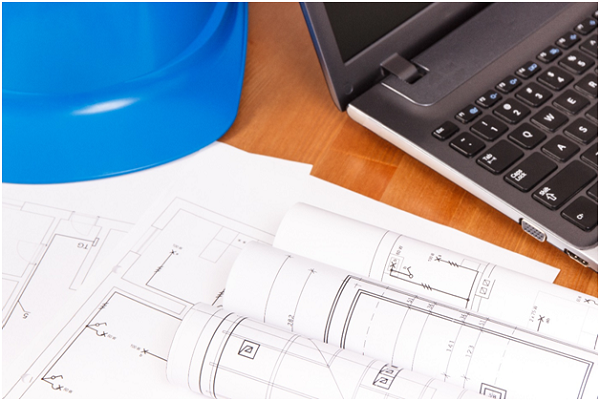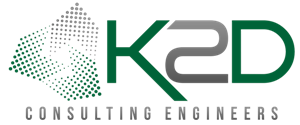
If you are not sure if or how the current Title 24 codes apply to your lighting project, our lighting and electrical engineers have the expertise and experience to answer your questions. The first step is understanding your available data and your needs. Based on the requirements, we design and integrate the right solutions to maximize productivity, comfort, and efficiency.
If you’re not involved in the creative and innovative aspects of the lighting and energy industry, it’s understandable that you feel confused, and hindered by the seemingly unending stream of new regulations we face.
In general, Title 24 compliance is based on a broad set of requirements for “energy conservation, green design, construction and maintenance, fire and life safety, and accessibility” that apply to the “structural, mechanical, electrical, and plumbing systems” in a building. Title 24 applies to all buildings in California, both residential and commercial buildings.
For lighting, Title 24 compliance is required if you are modifying, moving, replacing, or disconnecting and reconnecting light fixtures. Typically, routine maintenance does not trigger Title 24 compliance.
Lighting Power Density (LPD) requirements define the maximum wattage of lighting that can be used in an area. For example, the LPD of a 10,000 square foot building that uses 7,800 watts of lighting would be 0.78 watts per sq. ft. LPD requirements do not prevent sufficient light levels from being achieved. Flexibility is allowed for various needs such as task work, display, and decorative lighting, as well as extra light to areas occupied by the elderly or visually impaired.
Multi-level controls enable area lighting to be partially turned on, turned off, or dimmed in addition to a simple on/off switch. Multi-level controls are typically required if a room or space is greater than 100 sq.ft. and the lighting uses more than 0.5 watts per square foot of general lighting, Title 24 compliance requires extensive use of multi-level lighting controls.
Automatic shut-off controls turn off the lighting in a room automatically. These are helpful if someone forgets to manually turn the lights off and at certain times of the day or night. Examples include occupant sensing controls, automatic timers, building automation, and others.
Automatic daylighting controls sense the amount of daylight coming into a space and automatically dims or turns off the lighting when there is ample daylight. Title 24 compliance requires automatic daylighting controls for spaces that are side-lit (windows), sky-lit (skylights), and some parking garages.
Demand responsive lighting controls allow lighting levels to be temporarily reduced based on electricity prices or in response to signals from an electric utility. These controls are needed only in nonresidential buildings larger than 10,000 square feet. There are exceptions such as in areas with low lighting density and for health or life safety.
Interior lighting control requirements typically apply to spaces greater than 100 sq. ft. using more than 0.5 watts of lighting per sq. ft. These spaces must have lighting controls based on the fixture type.
Exterior lighting controls require automatic motion sensors for fixtures lower than 24 feet to achieve Title 24 compliance. There are additional requirements for backlight, uplight, and glare.
Whether it’s for new structures or to retrofit existing structures, all must include energy-efficient lighting. For more information about lighting, see our Quick Guide to Title 24 Lighting Compliance.
The California Energy Commission (CEC) updates the Energy Code every three years. It can be confusing to keep track of current requirements based on the year that new Title 24 compliance codes are adopted and when they become effective. The 2019 California Energy Code became effective on January 1, 2020, and will remain in effect until January 1, 2023. The primary focus is on residential photovoltaic systems, thermal envelope standards, and non-residential lighting requirements.
In August of 2021, the CEC adopted the 2022 Energy Code. This is the new code that will become effective January 1, 2023. At that time, Title 24 compliance will focus on efficient electric heat pumps, establish electric-ready requirements for new homes, expand solar photovoltaic and battery storage standards, strengthen ventilation standards, and more. Buildings whose permit applications are applied for on or after January 1, 2023, must comply with the 2022 Energy Code.
Every MEP consultant at K2D strives to be cost-efficient, environmentally friendly, and comfort-focused while achieving optimal performance of all systems using integration and synergy.
At K2D, we are fully aware and involved with the risk reduction, cost control, and time savings faced by owners and developers of complex lighting projects. Early engagement with MEP consultants is a particularly effective way to achieve your goals. Our collaborative and multi-disciplinary style brings diverse technical expertise to your specific project. Regardless of size or complexity, we bring one essential constant to every project: the personal touch that your project deserves.
For further information or to schedule a consultation, please contact K2D at 310.935.3773 or visit www.K2D.com to learn more.
Our mission is user comfort, utmost functionality, ease of maintenance, and sustainability
